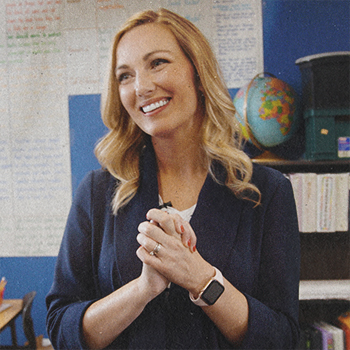
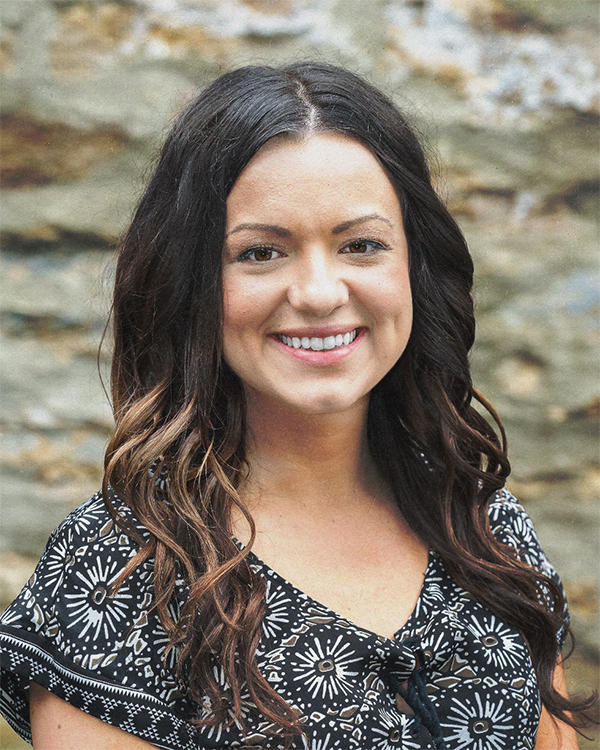
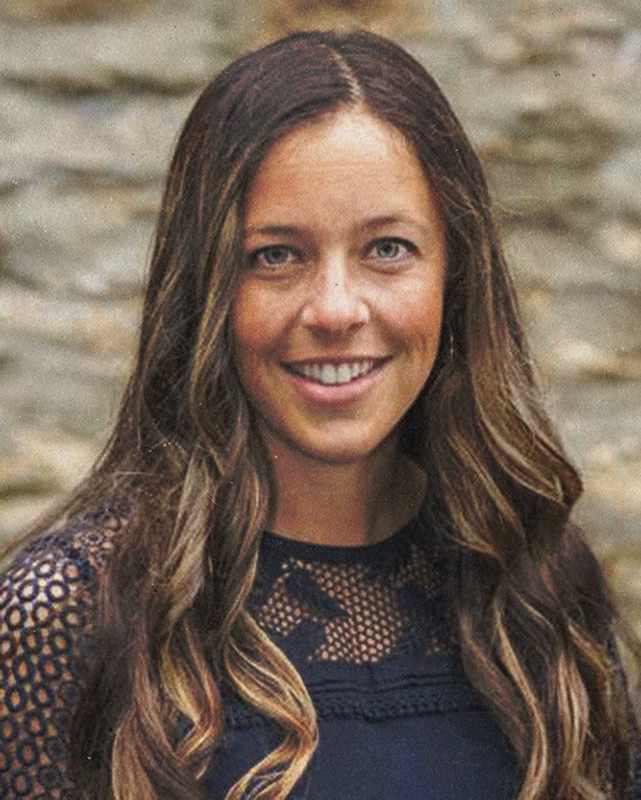
Lauren Keeling, host (left); Megan Gierka, Ed.D. (middle) and Nicole Ormandy, M.S.Ed (right).
Heart Work / Rewriting a Literacy Crisis / An Honest Talk on What Reading Change Really Takes
with Megan Gierka and Nicole Ormandy
11/12/2025 | 8 minutes
In this interview with Lauren Keeling, Implementation Specialists Megan Gierka, Ed.D., and Nicole Ormandy, M.S.Ed., reflect on what it takes to bring the science of reading from theory to practice — and how real progress starts with small wins, clear goals, and partnership between leaders and teachers.
This interview has been edited for length and clarity.



Lauren Keeling, host (left); Megan Gierka, Ed.D. (middle) and Nicole Ormandy, M.S.Ed (right).
Lauren Keeling (host): What sparked your passion for translating research into something teachers can actually do?
Nicole Ormandy: During my early years as a teacher, I was incredibly lucky. I worked in a lab school where researchers came into our classrooms. We had Nancy Hennessey on the ground with us, going through our curriculum. Having that side-by-side support showed me that when we do what we know works, it works. I wanted every teacher to have access to that kind of learning.
Megan Gierka: Nicole, I love it when you share this because I think it’s so telling how different our experiences are. I got into this after seeing so much failure from my students. My students faced so many barriers to success — and honestly, I was one of them. When I finally learned the science of how we read, it changed everything. Trying new approaches and seeing my students succeed was the moment I knew I wanted to help other educators.
Lauren: We were in the School District of Philadelphia. You were keynote speakers at the district’s Summer Institute — 600 teachers learning a new system, new theories, new models, new practices. How do you support educators at that scale?
Megan: That day holds a lot of positive feelings and good vibes. We hardly ever walk into a room where we don’t already know our audience. A lot of our work happens months in advance — learning about the curriculum, the assessments they’re using, and the barriers they’re facing.
Nicole: We start every presentation by being upfront that we’re not experts, right? My goal is to pay forward the experiences and knowledge I’ve gained from the experts.
What I really loved about our experience in Philadelphia was how we talked about breaking down the research-to-practice gap and making it clear what to do and why. We focused on Linnea Ehri’s phase theory. We went into a room of 600 teachers who might not know Ehri, so we broke it down tangibly: What reading behaviors do you see in learners? How do you use those behaviors to form small groups, plan instruction, set objectives, and know when to move students on? Those are things a curriculum can’t spell out for every learner. Phase theory gives teachers a guide.
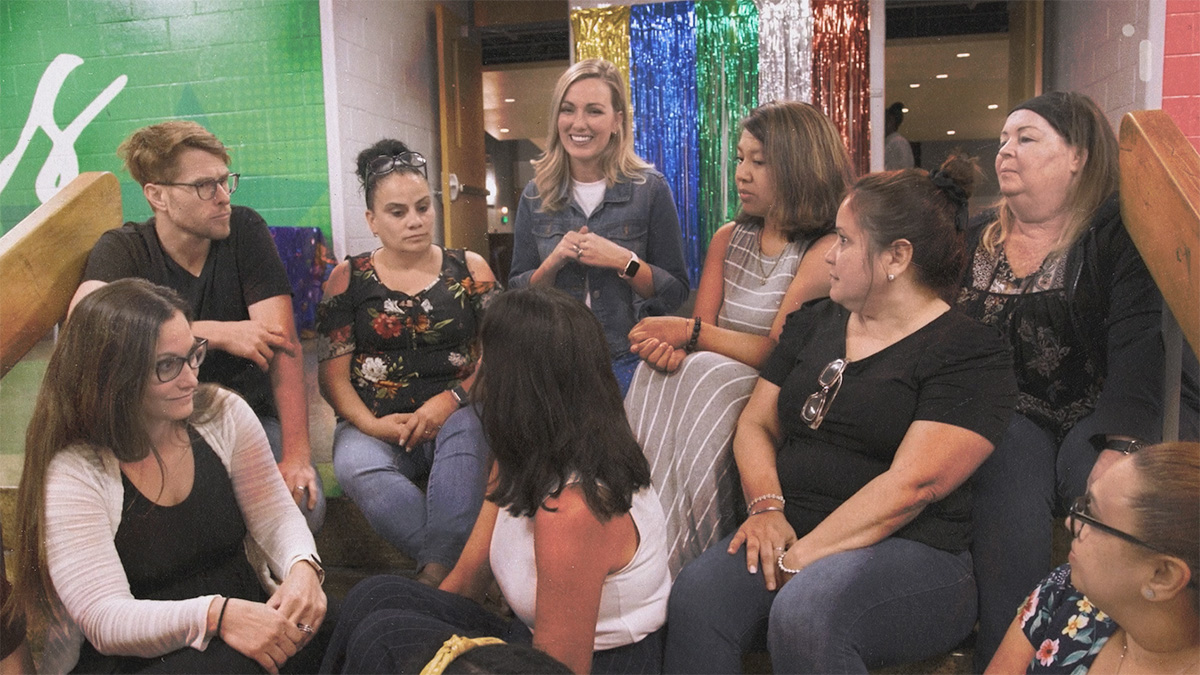
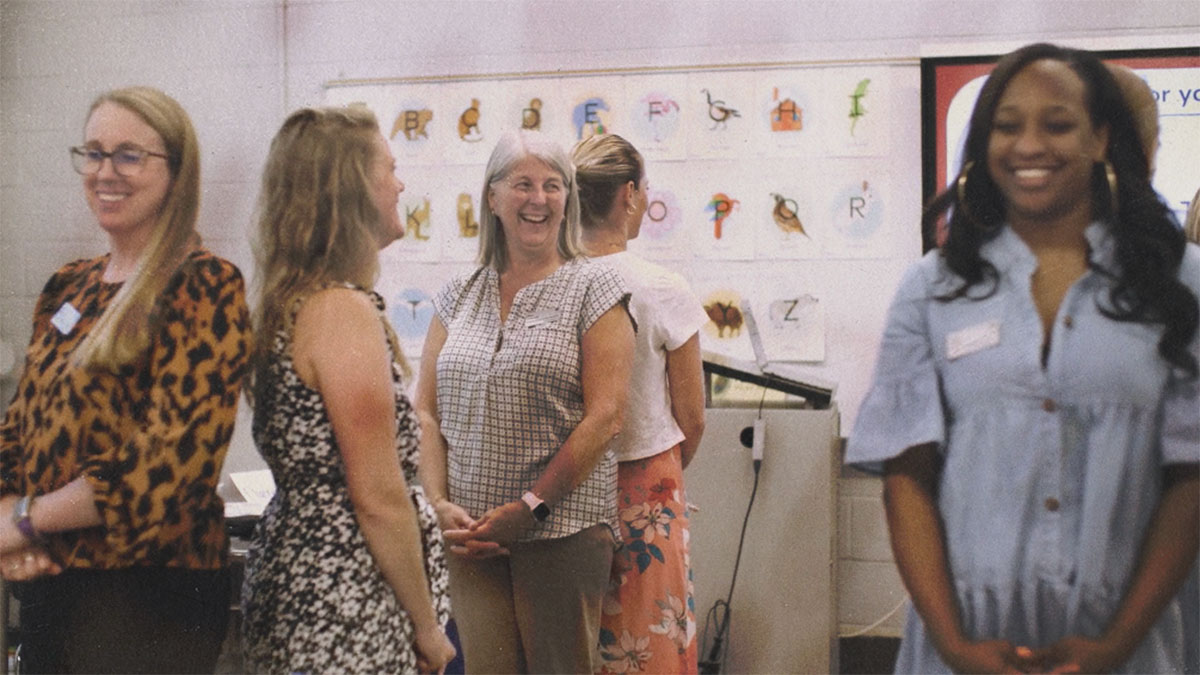
Lauren: Let’s talk about phase theory. How can educators use Ehri’s principles and research in the classroom? How do you break it down?
Nicole: We always start with assessment. We can’t know what our students need if we’re not assessing them. Unfortunately, assessment is a barrier in a lot of places — who gives the assessment, who gets the data, and do they understand it? That is critical step one.
So we showed examples like letter naming, letter sounds, and nonsense words. From there, we can see if students have these skills. If yes, they’re at least partial or full alphabetic. If not, they may be pre-alphabetic. We also looked at reading behaviors you’d notice in each phase and how to use that to form small groups and guide instruction. Then we talked about specific behaviors you see in each phase.
Megan: Yeah, just to hit on that, when we were presenting, we told teachers the three most important phonemic awareness skills in the early stages: isolate, blend, and segment. There’s been some mistranslation of research but working with Linnea Ehri and other researchers confirmed that these three skills are foundational.
As students move into the full alphabetic phase, we follow a systematic and cumulative approach, looking at what skills they have — consonant digraphs, blends, trigraphs, vowel teams. Then, in the consolidated alphabetic phase, we start to see morpheme structures and suffixes show up in both reading and writing.
Ehri has said that many students never reach that consolidated phase. You see it in their writing that they’re not yet able to spell those patterns correctly or apply morphemes. That was really telling for us. Around second grade, you see the divide between reading and writing grow, and we wanted to drive home that it’s a reading and writing process through all the phases.
Nicole: Absolutely. Part of that is the automaticity piece. Teachers often see accuracy with CVC words and move on to harder patterns, but they don’t ask if students have mastered it automatically. We get there through connected text, partner reading, rereading, and choral reading — building fluency as well as accuracy.
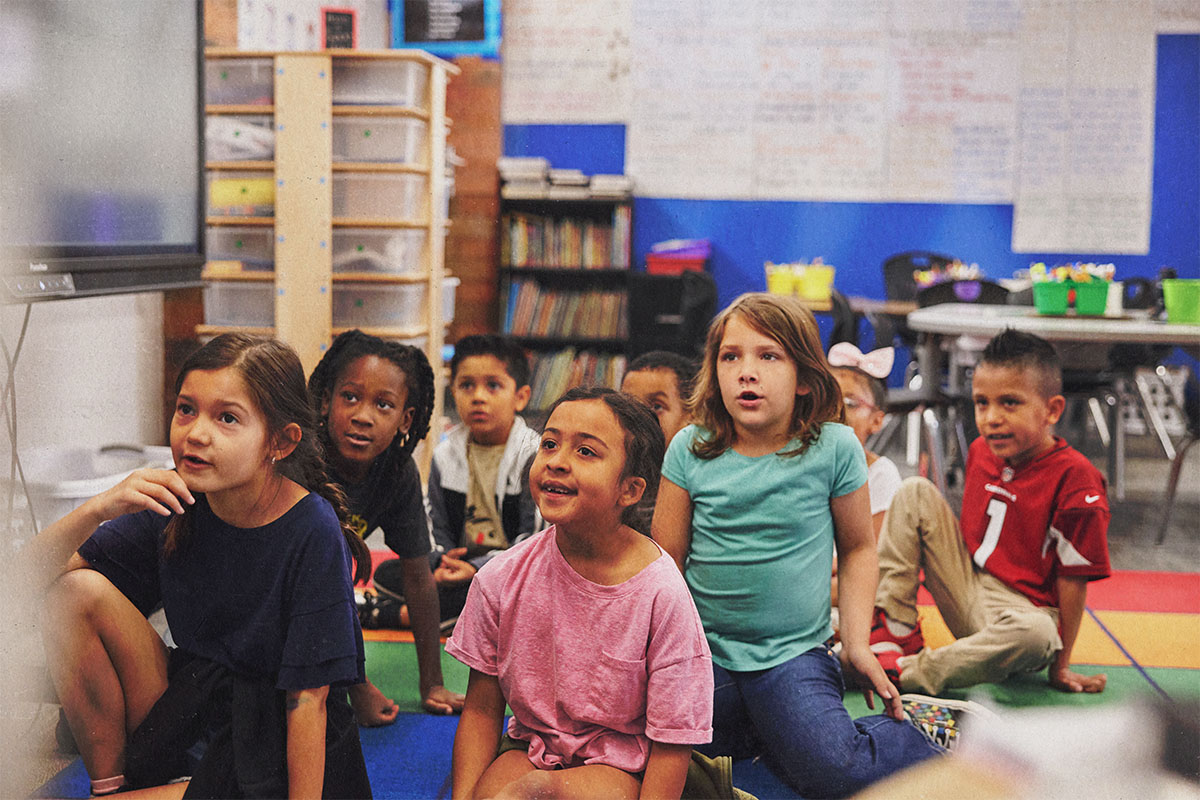
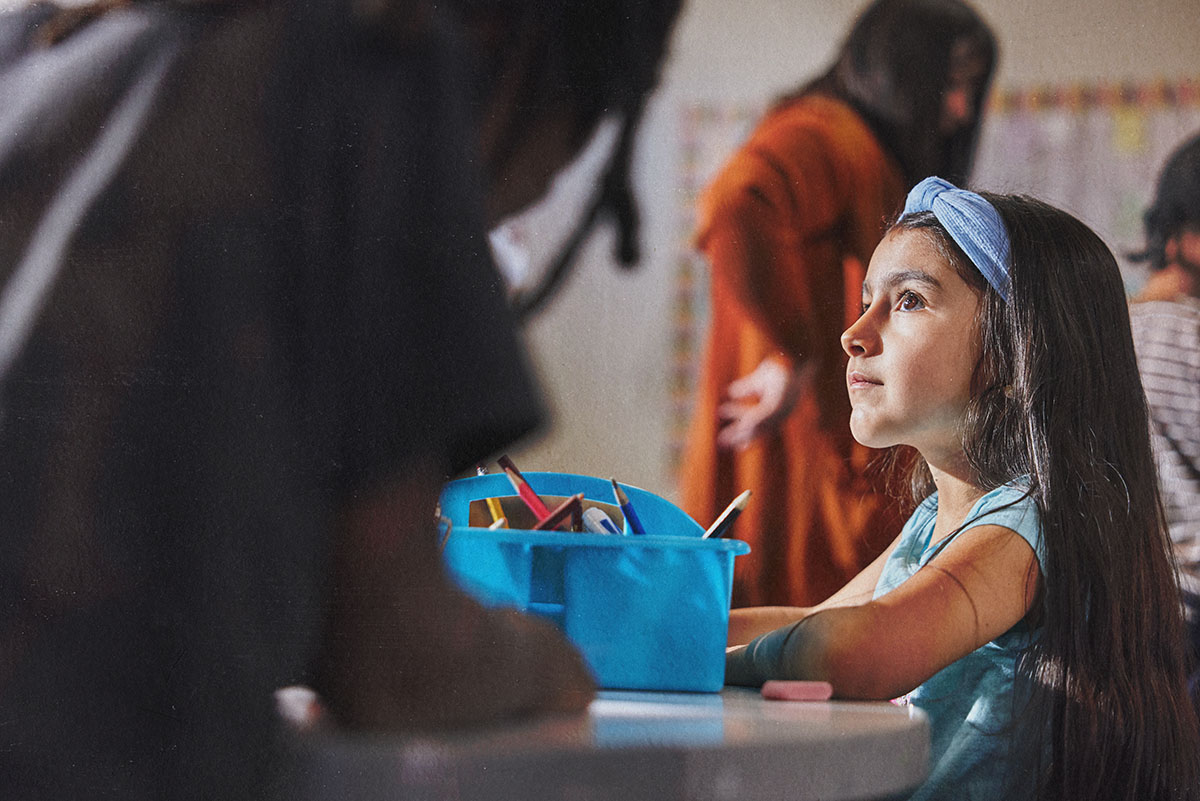
Lauren: Let’s say that a teacher doesn’t have access to someone who can help them walk through this series of practices. What might be a framework they could start with?
Megan: We meet educators every day who are on day one of this journey, and it’s hard to know which resources are reputable. Nicole and I live and die by the International Dyslexia Association’s Knowledge and Practice Standards (KPS). People think it’s just for students with dyslexia, but really, it’s for all teachers of reading — which, by the way, is everyone. On their website, you can see what aligns with the science of reading and what practices in the Big Five are most critical for success.
Nicole: The KPS lay out the five areas identified by the National Reading Panel: phonemic awareness, phonics, fluency, vocabulary, and comprehension. They include specific objectives or practices under each, along with how to teach them. To really start evaluating your practice, some principles you might want to familiarize yourself with include explicit, systematic, cumulative, differentiated, and scaffolded instruction. One practice we’ve engaged teachers in is simply asking, “Do I do that?” Do I know what that is? What’s my question with this one?
Megan: We don’t expect a teacher to change their practices in a month. It takes time. And guess what? It never really ends because the research is ever evolving.
Nicole: There’s no quick fix. There is a lot of knowledge to be gained, but once you have it, you’re a critical consumer. We can’t expect every curriculum to know every student population, and so that’s where that comprehensive training prepares you to evaluate your curriculum, your assessment data, and make use of it extremely intentionally.

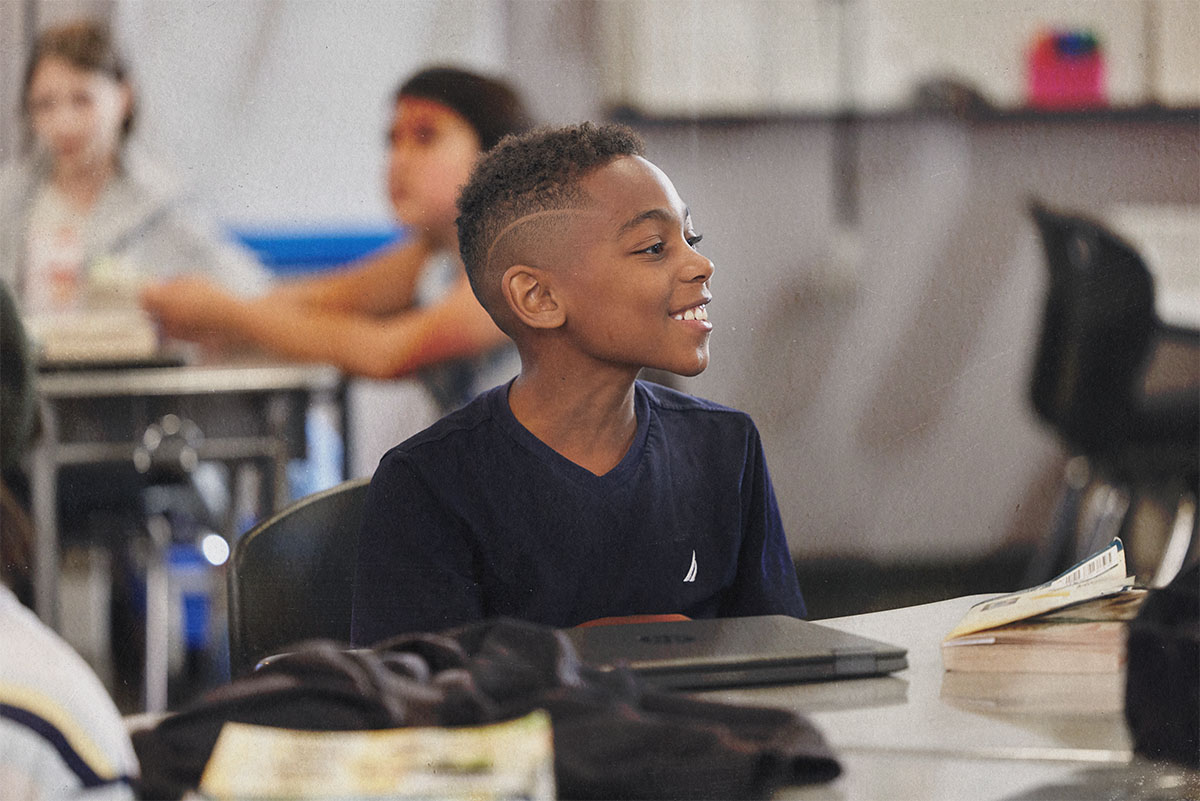
Lauren: How do administrators fit into the puzzle?
Nicole: The leaders and administrators are driving the ship. We firmly believe that knowledgeable leaders come before knowledgeable teachers. That is a critical step.
Megan: Implementation science has helped us frame this. We see three critical variables that are going to lead to those enhanced outcomes: effective interventions like curriculum, professional learning, MTSS, and assessment, a clear process for how those pieces are rolled out, and the context that supports or hinders success.
Nicole: Exactly. All three pieces matter. Curriculum or professional learning alone isn’t enough. That enabling context — legislation, funding, leadership — can either support or block implementation. When schools keep a feedback loop between teachers, leaders, and the community, they can spot barriers early and keep momentum.
Megan: Thomas Guskey talks about levels of impact. Student outcomes are Level 5. Leaders sometimes get impatient when they don’t see results in a few months, but this work takes years to reach that level.
Lauren: Is picking the right curriculum the golden ticket?
Megan: I wish it were. We’ve seen districts roll out new curriculum, assessments, and training all at once — and then lose a third of their staff. Initiative fatigue is real. The rollout is just as important as the resource itself.
Lauren: How do you help educators and leaders keep going when change feels slow?
Megan: A human-centered approach to our work with implementation is critical. I think being upfront about these initial indicators we can look toward, especially in the early grades where we can start to see those shifts quicker than in upper school. The little wins and celebrations along the way of an implementation are so critical to its longevity and success.
Nicole: I completely agree about looking for the small wins. Talk about a professional learning initiative — a small win is, did everyone start it? Is everyone completing what they were asked to complete? You’re going to see differences decently quickly in student data when they’re actually taught what you’re expecting them to learn with that explicit instruction piece. And so as soon as we see some small wins and we call those out, that really is enough to sustain us until we get to the next small win.
Megan: Exactly.
Lauren: What are some last words you’d like to leave us with?
Nicole: You can do this. It matters. Don’t be afraid. Be empowered. So get in there, get your hands dirty and learn this work. There’s no more important job than teaching a student how to read.
Megan: Spot on. I’ll just add — find your tribe. I’m here with Nicole and Lauren, two members of mine who have supported me, pushed me, and inspired me through the harder days. This work is not for the faint of heart, so find your people. And as Nicole said, you can do this.
END
Lauren Keeling is a seasoned education professional with a unique blend of experiences. A former broadcast journalist, elementary teacher, and principal, she now combines her passion for education with her love of storytelling at Imagine Learning. Above all, Lauren is a dedicated literacy advocate pursuing a doctorate in Leadership with a focus on Public and Non-Profit Organizations to further her impact on education nationwide.

Heart Work is our platform for telling educators’ stories. Sign up for the Heart Work Club to be among the first to share yours. You’ll also get the latest podcast episodes, articles, and exclusive content delivered straight to your inbox.